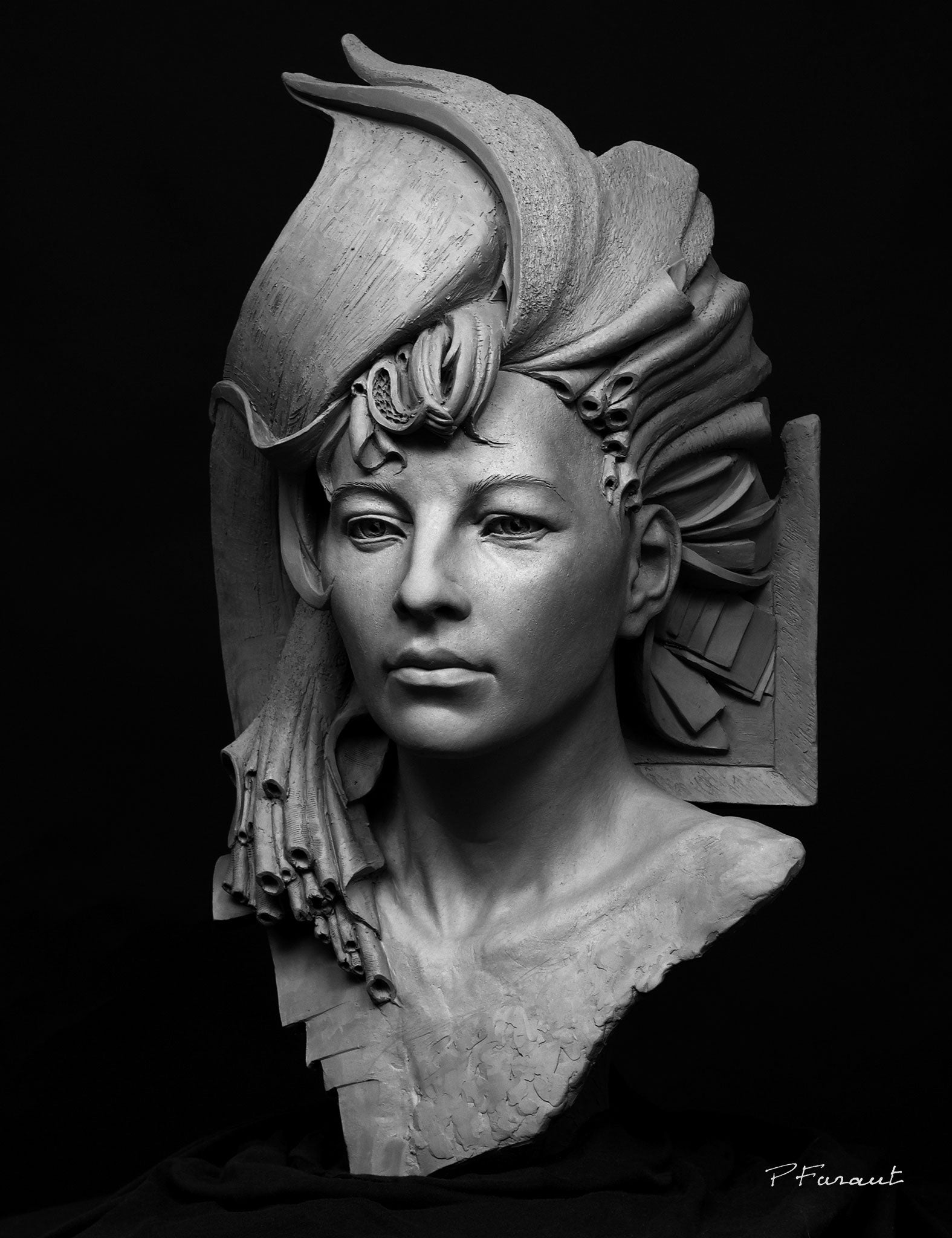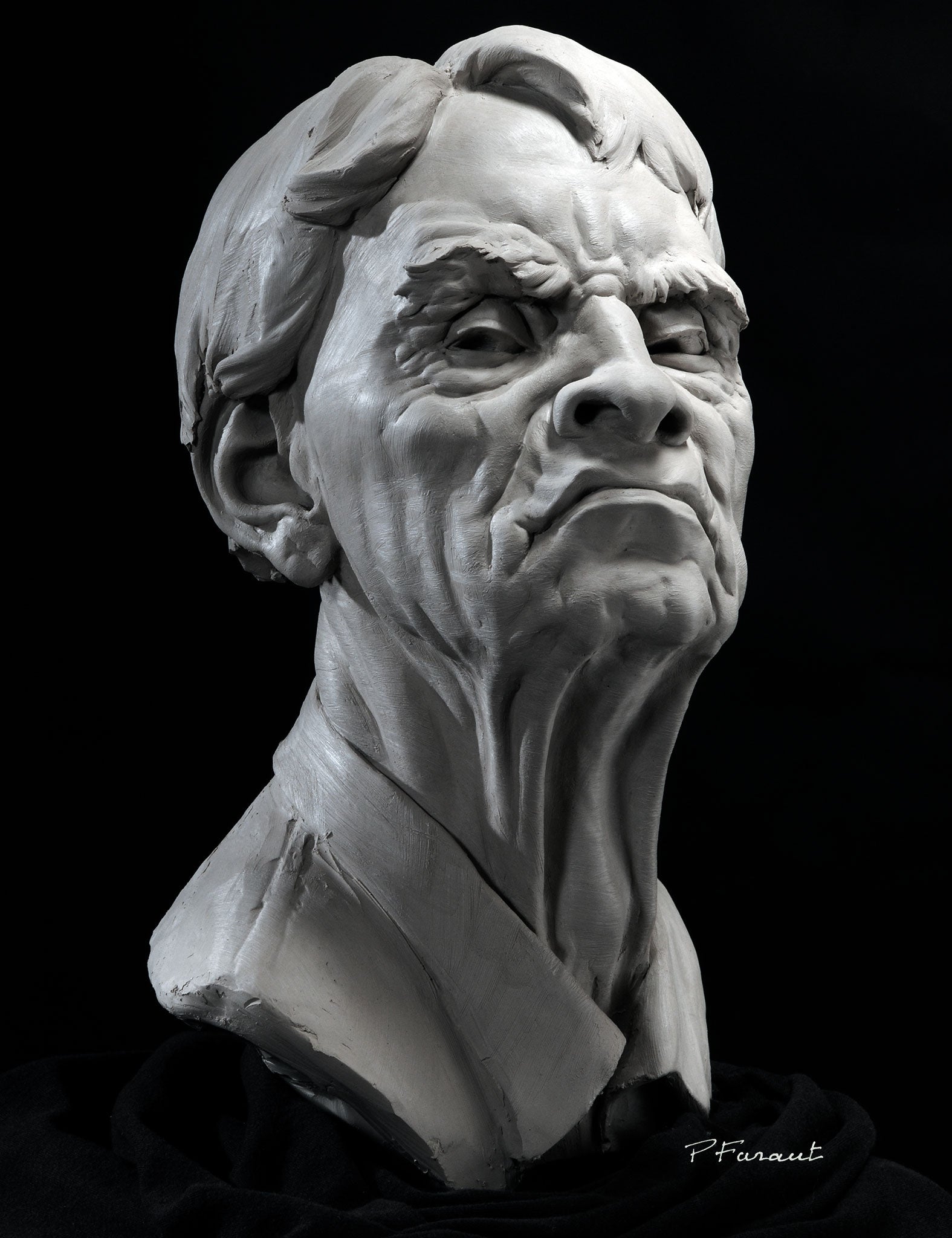Timeless Beauty in Bronze: Introducing the Art of Bronze Sculptures
Wiki Article
The Evolution of Sculptures: From Ancient to Modern
The Development of Sculptures: From Old to Modern.Sculpture, one of the oldest forms of art, has been an indispensable component of human civilization for millennia (Bronze Sculptures). From the ancient human beings of Egypt and Greece to the modern-day age, sculptures have actually developed, showing changes in imaginative methods, materials, and cultural influences. This journey via time traces the growth of sculptures, exploring the changes in design, topic, and creative expression
Beginning with the ancient world, sculptures crafted from rock and later on bronze captured the significance of divine beings, leaders, and daily life. The Renaissance duration observed a revival of timeless sculpting methods, as artists sought to mimic the stylish kinds of old Greek and Roman sculptures. In the contemporary period, artists tested typical boundaries, welcoming abstraction and testing with new products.

This expedition will look into the diverse development of sculptures, exposing the abundant tapestry of artistic expression throughout different durations and societies.
Old Sculptures: From Stone to Bronze
Ancient sculptures transitioned from being carved out of stone to being cast in bronze. Rock sculptures, while impressive in their own right, were limited by the nature of the material.The intro of bronze as a medium for sculptures produced a change in artistic expression. Bronze used carvers the possibility to create elaborate and natural kinds that were not feasible with rock. The procedure of casting bronze allowed for the development of numerous duplicates of a sculpture, making it possible for broader distribution and preservation of these artistic work of arts.
The shift from stone to bronze likewise saw a change in the subject of sculptures. While rock sculptures mainly illustrated gods, goddesses, and mythical numbers, bronze sculptures began to show a wider series of topics, consisting of daily individuals and animals. This growth of topic showcased the versatility and flexibility of the bronze tool.
Renaissance Resurgence: Sculpting in the Timeless Style
The Renaissance revival of sculpture saw a revival in the timeless style, building upon the innovations made throughout the transition from stone to bronze in old sculptures. Throughout this duration, artists looked for to recreate the timeless visual and perfects of beauty that were prevalent in ancient Greek and Roman sculptures.One of the vital characteristics of the Renaissance resurgence was the focus on naturalism and the human kind. Sculptors like Donatello and Michelangelo make every effort to capture the anatomical details and expressions of their subjects with extraordinary accuracy. They studied the human body and incorporated their observations into their sculptures, causing natural and sensible representations.
Another important facet of the Renaissance resurgence was the expedition of viewpoint and depth. Musicians made use of strategies such as contrapposto, where the weight of the body is moved to one side, creating a sense of motion and dynamism. They additionally tried out with various materials, including marble and bronze, to attain a degree of sophistication and intricacy in their sculptures.
The classical style of the Renaissance resurgence had an extensive influence on later periods of art, serving as a structure for the growth of Western sculpture. It brought a restored admiration for the beauty and majesty of the human kind, and its tradition can still be seen in modern sculptures today.
Innovation and the Avant-Garde: Damaging Typical Limits

Among the vital qualities of modernist sculpture was the emphasis on abstraction. Carvers moved far from realistic representations and rather concentrated on capturing the significance of the topic through streamlined forms and geometric shapes. This departure from standard depiction permitted artists to express their emotions and concepts in a more personal and subjective way.
In go to my site addition, the progressive movement challenged societal standards and conventions, encouraging musicians to experiment and push the boundaries of their art - Equine Sculptures. Carvers started including unusual products such as found objects, industrial products, and even natural environments right into their work. This expedition of brand-new materials and methods not just broadened the opportunities for sculpture however also tested the typical notions of what might be considered art
Contemporary Sculptures: Checking Out New Products and Concepts
With a focus on discovering brand-new materials and principles, contemporary sculptures have revolutionized the area of art. Artists today are pushing the borders of conventional sculpture by trying out and making use of ingenious materials with abstract concepts. These sculptures test traditional concepts of significance, form, and materiality, inviting customers to participate in a thought-provoking and new creative experience.Contemporary artists are accepting a vast array of materials, consisting of plastic, glass, metal, and also raw material. Contemporary Sculptures. They are not restricted to the conventional medium of rock or clay, permitting for higher civil liberty and trial and error. This change in the direction of unique materials has actually opened new opportunities for artists to create sculptures that are vibrant, interactive, and aesthetically striking
In addition to exploring new products, modern sculptures likewise dig into complex and abstract concepts. Musicians are currently discovering styles such as identification, social problems, and the setting, making use of sculpture as a powerful medium for social discourse and introspection. These sculptures challenge customers to think seriously and engage with art on a deeper level, triggering discussions and provoking emotional reactions.
Worldwide Influences: Sculptural Traditions From Around the World

In ancient Egypt, sculptures were created primarily for spiritual and funerary purposes. The famous sculptures of gods and pharaohs, such as the Great Sphinx and the bust of Queen Nefertiti, display the Egyptians' proficiency of rock carving and their belief in the immortality.
In ancient Greece, sculpture reached its peak throughout the timeless period. Influenced by the suitables of harmony, percentage, and elegance, Greek sculptures emphasized the human kind and celebrated the achievements of athletes, heroes, and gods. The well-known sculptures of Aphrodite of Knidos and the Discobolus exemplify the Greeks' search of excellence in sculptural art.
In ancient Rome, sculpture served both political and creative purposes. Bronze Sculptures. Roman sculptures often shown emperors, generals, and mythological figures, reflecting the power and splendour of the realm. The marble sculpture of Augustus of Prima Porta and the monumental Arch of Constantine are noteworthy instances of Roman sculptural success
Asian sculptural customs, especially in India, China, and Japan, have additionally had a profound influence on the development of sculptures. Indian sculptures, such as the intricately carved temples of Khajuraho and the enormous sculptures of Buddha, exhibit a rich combination of spiritual, mythical, and building elements. Chinese sculptures, identified by their great craftsmanship and focus to detail, typically represent deities, animals, and fabulous figures. Japanese sculptures, affected by Buddhism, emphasize simpleness and harmony, seen in the serene sculptures of Buddha and the classy art of bonsai.
The international influences on sculpture proceed to advance in the contemporary era. As we look to the future, it is certain that the international impacts on sculpture will certainly proceed to form and redefine this ancient art kind.
Conclusion
To conclude, the development of sculptures has actually seen a shift from ancient stone and bronze works to the classical revival throughout the Renaissance. This was followed by the splitting of conventional boundaries via innovation and the avant-garde activity. Today, modern sculptures check out brand-new materials and ideas, while also drawing motivation from international sculptural traditions. The trip of sculptures reflects the ever-changing creative expressions and social influences throughout history.From the ancient human beings of Egypt and Greece to the contemporary era, sculptures have actually progressed, mirroring changes in imaginative techniques, products, and social influences.Starting with the old globe, sculptures crafted from rock and later on bronze caught the essence of deities, leaders, and day-to-day life.Ancient sculptures transitioned from being carved out of rock to being cast in bronze. While rock sculptures predominantly depicted gods, sirens, and mythological figures, bronze sculptures started to mirror a more comprehensive variety of topics, including everyday people and pets.In conclusion, the evolution of sculptures has seen a change from old stone and bronze works to the classic resurgence throughout the Renaissance.
Report this wiki page